Leaf Rubbing: Animal Silhouettes
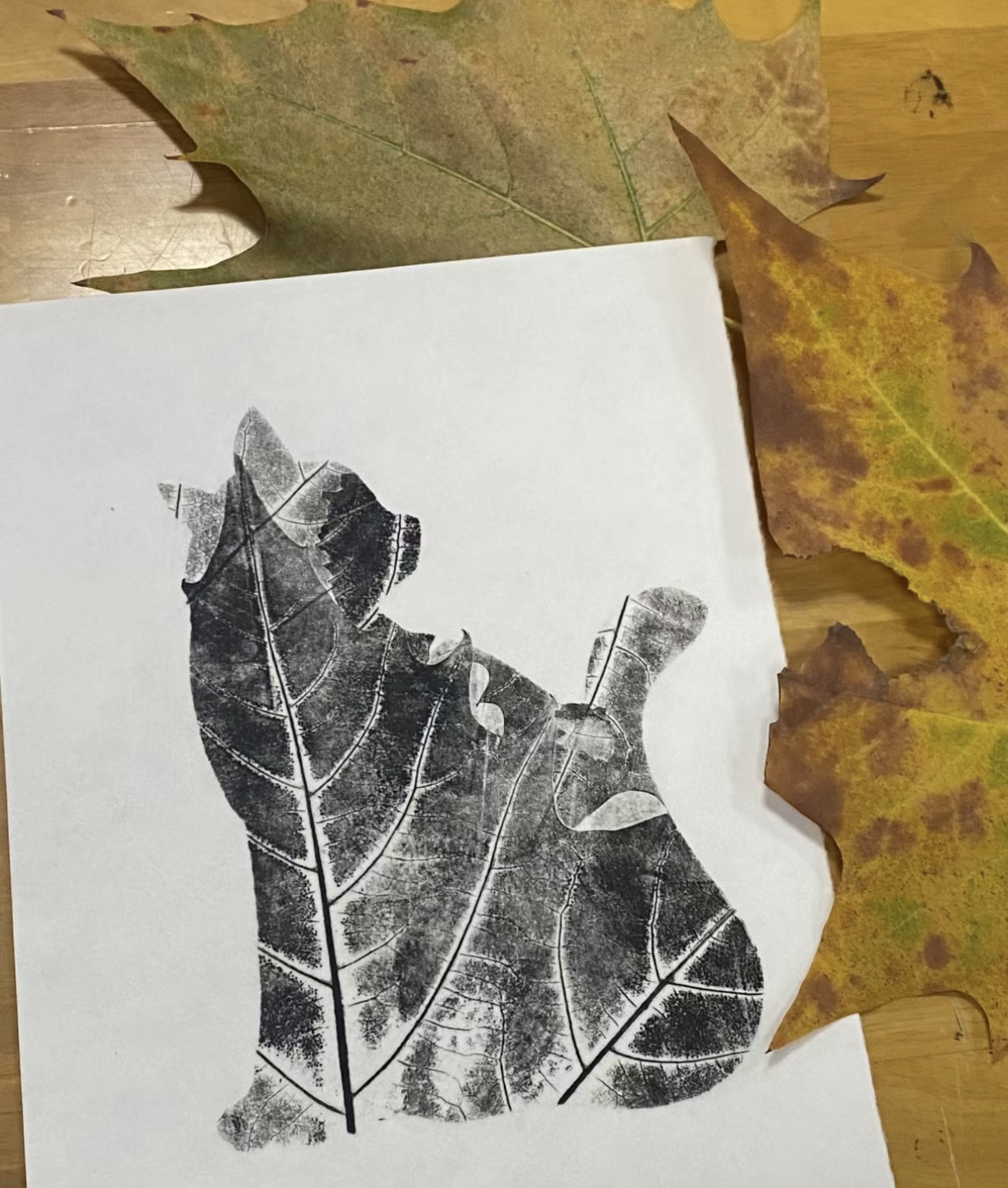
Summary
This open toolkit combines nature and art by instructing participants in simple leaf-rubbing techniques to create animal silhouettes, and participants can master basic rubbing techniques in 20 minutes. Through the use of natural and recyclable materials,participants will be able to create sustainable artwork with a reduced environmental impact. Participants will be guided to focus on the personal impact on the environment and to think about the life cycle of resources, evoking respect and appreciation for nature.
Introduction:
Goals:
- Through the Open Toolkit practice, participants will be able to master basic leaf rubbing techniques and experience the uniqueness of leaf textures.
- Participants are encouraged to think about the connection between the individual and the environment, and by using naturally fallen leaves in their artwork, the ‘life’ of these materials continues in the artwork, incorporating the concept of the EcoArt and life cycle into the daily lives of the participants in the hope that the participants will think about whether or not the materials used in the creation of the artwork are sustainable.
- The Open Toolkit is open to all, including those without an artistic background, to make art-making more accessible and to stimulate the creativity of participants.
Form:
Leaf Rubbing
Materials:
Scissors, cardboard, leaves, ink paints(preferably biodegradable pigments), a cotton swab(preferably your fingers🖐️), pencils
Context:
Before you start, do you know what EcoArt is?🍂🍁
This open toolkit is inspired by the concept of EcoArt. EcoArt is an art practice that raises public awareness of ecological issues through artistic creation, focusing on the use of natural, sustainable and recyclable materials with the core concept of ‘symbiosis between humans and nature’(Weintraub 2012). Science provides the intellectual framework for sustainability but lacks the emotional drive and ability to integrate across disciplines, but the arts make up for this well(Shrivastava, Ivanaj, and Ivanaj 2012).
In this Open Toolkit, we try to use natural elements (leaves, water, etc.) as creative materials and present the natural characteristics of the materials in the artwork, it not only reduces the burden on the environment but also makes the artwork a medium for exploring resource recycling and environmental action, responding to today’s environmental issues and calling for a reduction in the consumption of natural resources and the promotion of environmental protection through the creation of art.
🧊Here is an example of EcoArt…
Olafur Eliasson, Ice Watch, 2014
URL:https://olafureliasson.net/artwork/ice-watch-2014/
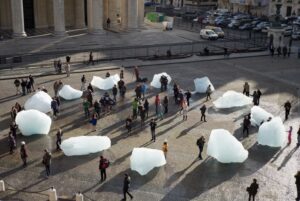
Figure 1. Ice Watch. by Martin Argyroglo.
Olafur Eliasson’s Ice Watch is an influential piece of ecological art, in which 12 blocks of ice taken from Greenland are placed in a square in the shape of a clock, and as time passes, the ice gradually melts…The author has made the abstract scientific concept of global warming tangible through artistic expression so that people begin to face up to the effects of global warming. The depletion of natural resources is irreversible, and materials have an impact on the environment throughout the entire process from production to extinction(Finkbeiner et al. 2006). The ice melting in the square symbolises the natural cycle of natural resources from existence to disappearance. Moreover, the ice is returned directly to nature after melting, leaving no waste or further environmental damage throughout the creation and display process, reflecting Eco-Art’s commitment to sustainability.
You can consider these questions before and during the creation of your artwork…
Where do these leaves come from and what does the life cycle of leaves look like?
What waste did you produce during the making process? How can this waste be disposed of or reused?
When you work with these materials, do you ever think about where they end up?
…
Let’s Do It!
Step1: Make an animal silhouette: (5 minutes)
- Choose an animal silhouette you want to make and draw its outline on the cardboard. (You can choose the animal silhouette I provided or create your own)
- Cut it out and put it on the white paper.
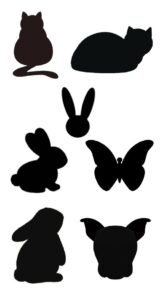
Figure 2. Different animal silhouettes.by author.
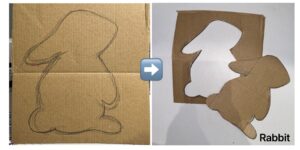
Figure 3. Rabbit silhouette. by author.
Step2:Colouring the leaves: (5 minutes)
- Squeeze the ink paint into a container and dilute it with a 1:1 ratio of ink paint to water
- Apply the paint evenly on the back side of the leaf(the side with the veins). After applying the ink paints, you can try to print the veins of the leaves clearly on another white paper before you start to rub the leaves in the area of the animal’s silhouette, Make sure that the veins have a clear texture.
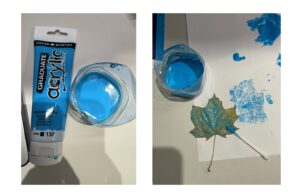
Figure 4. Blue paint and evenly coloured leaves.by author.
Step3:Cover the leaves on the silhouette cardboard for rubbing:(6 minutes)
- place the painted leaves in the area of the animal silhouette and press firmly with your hand to imprint the texture of the leaf onto the paper. (You can lay a lot of leaves at once for colouring, or you can lay them one by one for colouring. I would recommend you rub the leaves one by one, as it is more manageable if it’s your first attempt.)
- Make sure the edges of the silhouette are painted so that there are clear contour lines.
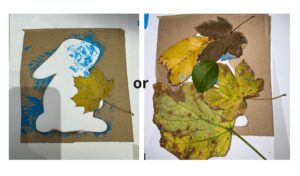
Figure 5. Leaf Rubbing. by author.
Step4: Check your work and share it with peers: 4(minutes)
1. Carefully remove the leaves and cardboard, then wait for the painting to dry.
2. Share and present your work with your peers.
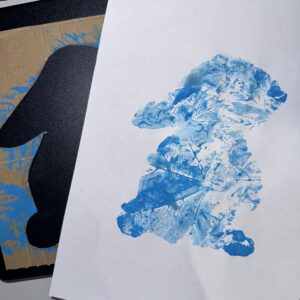
Figure 6. “Rabbit” leaf rubbing. by author.
Expectations&reflections:
After you’ve made your leaf rubbings, have you ever wondered what to do with all that material?
Share your artwork with your friends, and leave your ideas in the comments area:)
In the creation process, we try to use some biodegradable pigments and use our fingers to colour, leading participants to think about how they can reduce their impact on the environment in their daily lives. Life cycle assessment is often used to analyse the whole process of a product from raw material to disposal (Finkbeiner et al. 2006). After you experience this Open toolkit, all materials can be safely returned to nature or recycled again at the end of their life cycle. In this Open Toolkit, the question of whether or not the material is biodegradable after leaf rubbing and what to do with the leaves is also a series of questions to be pondered. The theme of animals is that because animals are also part of the ecosystem, it is hoped that participants will be able to focus on the connection between the environment and life. The intention of this toolkit is to promote personal reflection and action on environmental issues and think about sustainable development.
Bibliography:
Eliasson, Olafur. 2014. “Ice Watch • Artwork • Studio Olafur Eliasson.” Olafureliasson.net. 2014. https://olafureliasson.net/artwork/ice-watch-2014/.
Finkbeiner, Matthias, Atsushi Inaba, Reginald Tan, Kim Christiansen, and Hans-Jürgen Klüppel. 2006. “The New International Standards for Life Cycle Assessment: ISO 14040 and ISO 14044.” The International Journal of Life Cycle Assessment 11 (2): 80–85. https://doi.org/10.1065/lca2006.02.002.
Shrivastava, Paul, Vera Ivanaj, and Silvester Ivanaj. 2012. “Sustainable Development and the Arts.” International Journal of Technology Management 60 (1/2): 23. https://doi.org/10.1504/ijtm.2012.049104.
Weintraub, Linda. 2012. To Life!.Eco Art in Pursuit of a Sustainable Planet. University Of California Press.
Leaf Rubbing: Animal Silhouettes © 2024 by Yuhang Yang is licensed under CC BY-SA 4.0
Image List:
Figure 1. Ice Watch. by Martin Argyroglo. © 2024 by Yuhang Yang is licensed under CC BY-SA 4.0
Figure 2. Different animal silhouettes.by author. © 2024 by Yuhang Yang is licensed under CC BY-SA 4.0
Figure 3. Rabbit silhouette. by author. © 2024 by Yuhang Yang is licensed under CC BY-SA 4.0
Figure 4. Blue paint and evenly coloured leaves.by author. © 2024 by Yuhang Yang is licensed under CC BY-SA 4.0
Figure 5. Leaf Rubbing. by author. © 2024 by Yuhang Yang is licensed under CC BY-SA 4.0
Figure 6. “Rabbit” leaf rubbing. by author. © 2024 by Yuhang Yang is licensed under CC BY-SA 4.0
Figure 7. “cat” leaf rubbing. by author. © 2024 by Yuhang Yang is licensed under CC BY-SA 4.0


